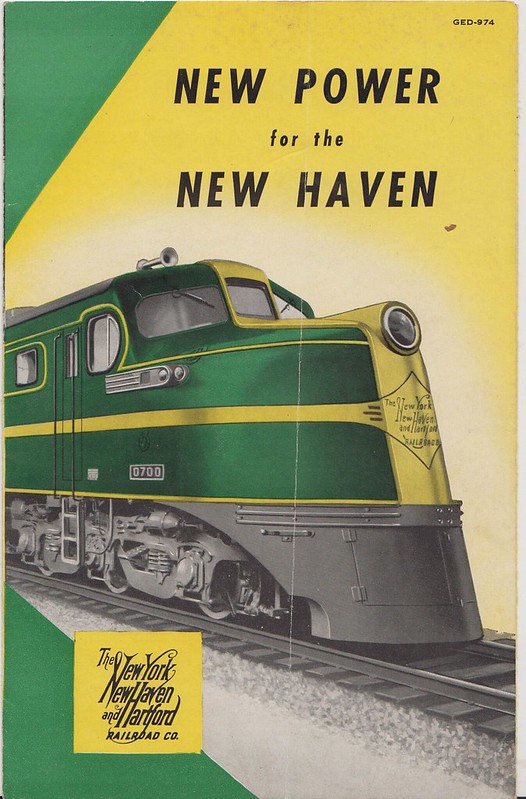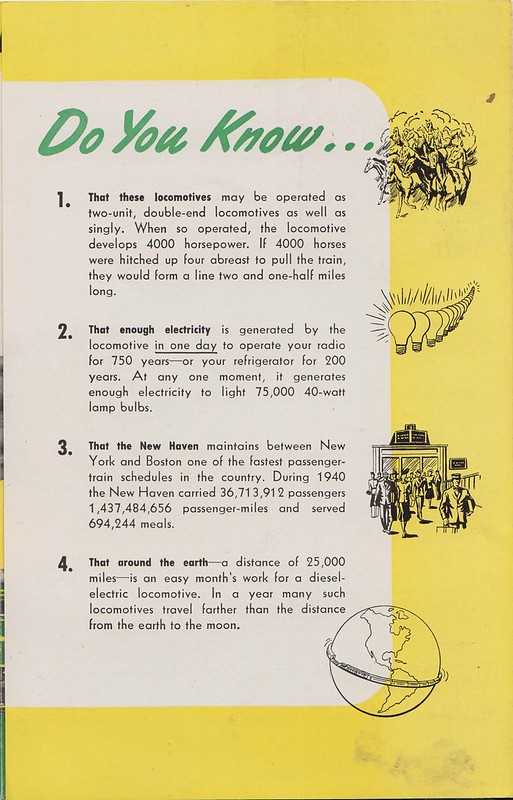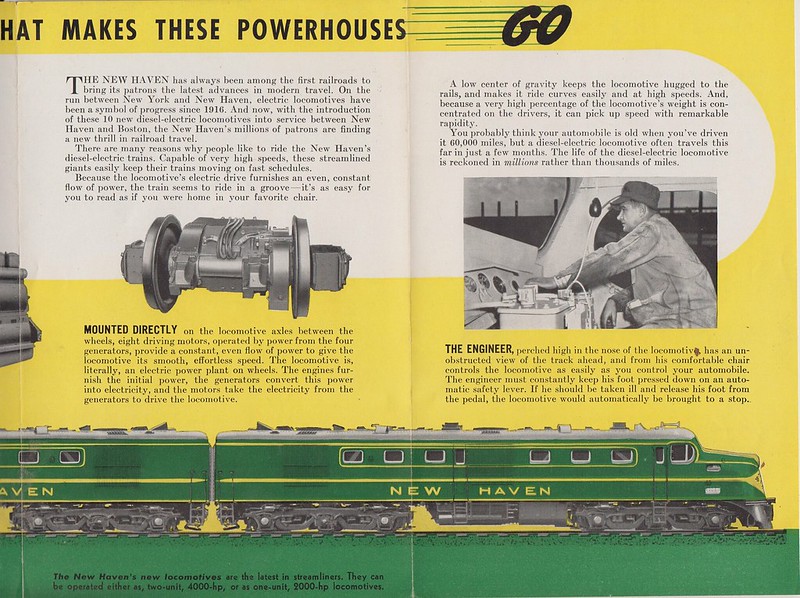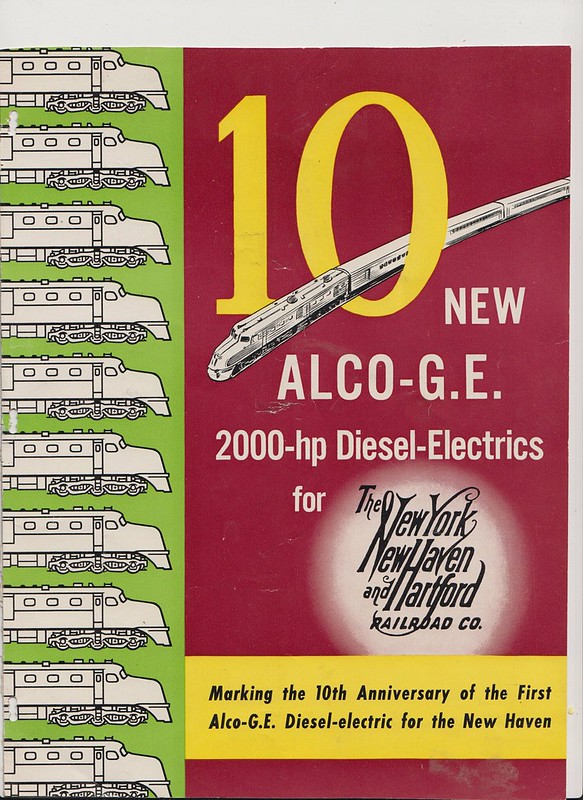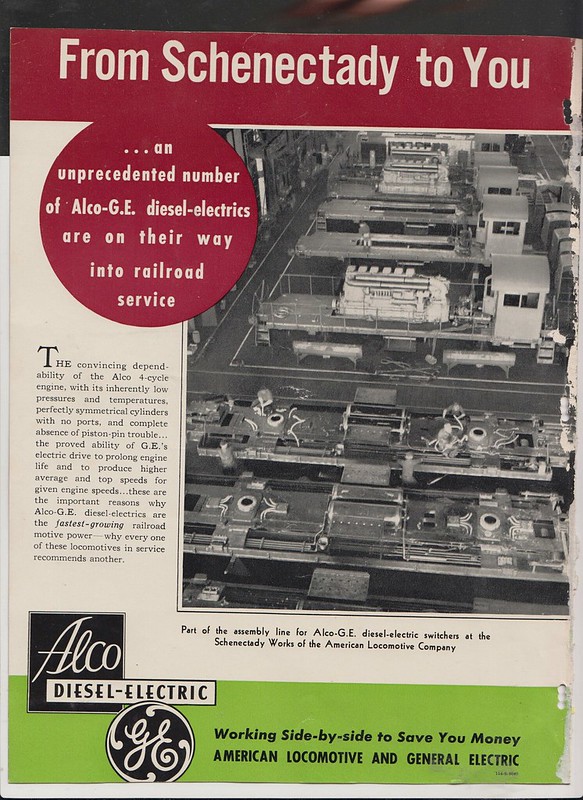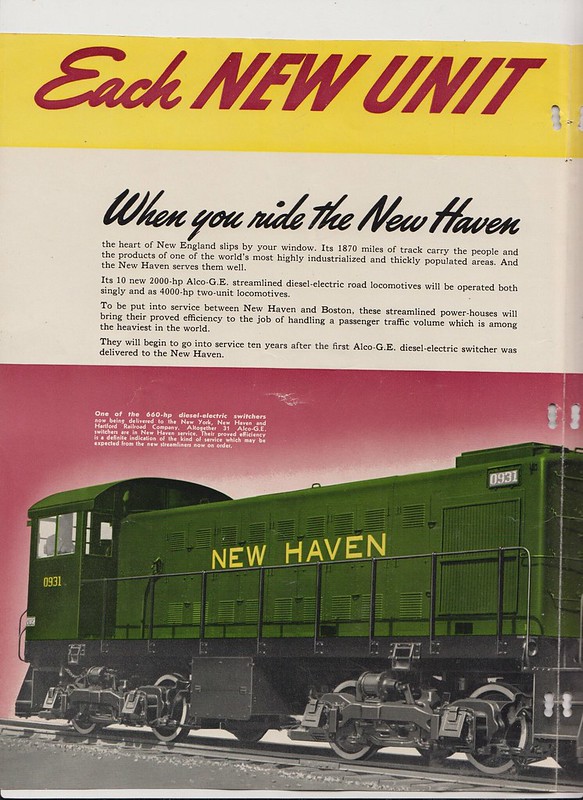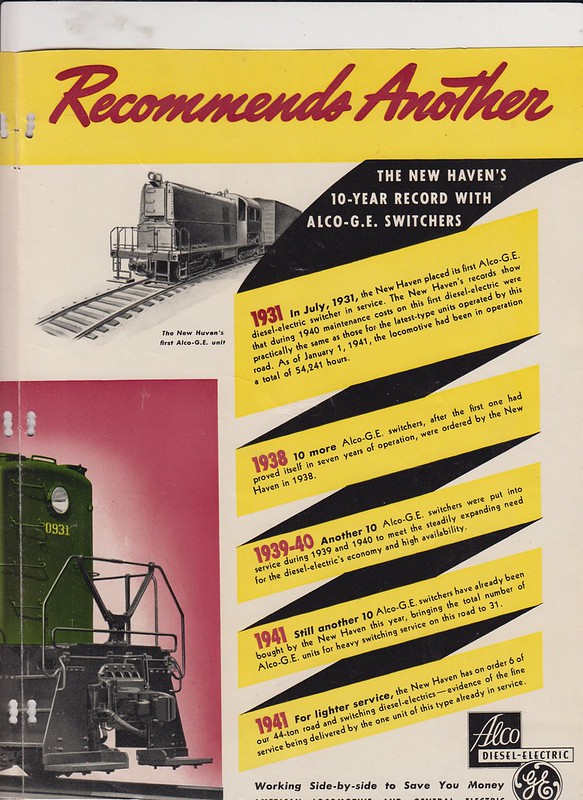A bus that I would WANT to ride in.
https://www.linkedin.com/pulse/pioneering-non-ux-john-ferrigan
This is more of a limo service than public transit. That’s OK. I think that such options should be available for people who can afford them and don’t want to drive themselves and don’t want to be crammed into the typical transit bus. The fact is that when transit systems were run privately such options were available, at an extra cost to rider. On most of the NYC railroads to the suburbs, for instance, groups would lease “club cars” for their members morning and evening commutes into and out of the city. these cars were usually old parlor cars from mainline trains and had a clubby atmosphere, with many commuters not only taking the same train, but the same seat every day. Here’s the most famous of the cars, the V:XI GBC, which stood for 5:11. which was the train it was on Gentleman’s Bar Club.
https://penneyvanderbilt.wordpress.com/2014/01/19/bar-cars-end-of-an-era/
The club cars disappeared in the early 1970’s when they were retired and replaced with far more pedestrian M2 bar cars which lost the atmosphere of the old clubs because they were run by the state supported railroad and not as clubs. Not to mention that the bar cars where on the toilet ends of the M2s and they never managed to remove the smell of the toilets from the trains for the entire lives of the M2. That, and the fixed seats sort of killed the clubby atmosphere of the evening commute.
By making transit more egalitarian, maybe we’ve lost something. When there are no aspirations for better service, the service runs down. I wouldn’t want to repeat the bad old days of the 1970’s and we need to consider that unless, like these busses, good and comfortable transit options are not available people who can afford to drive won’t use them. Which draws the transit down to the lowest common denominator and loses it’s ability to improve the traffic situation and have people actually use to it’s maximum possibilities.

